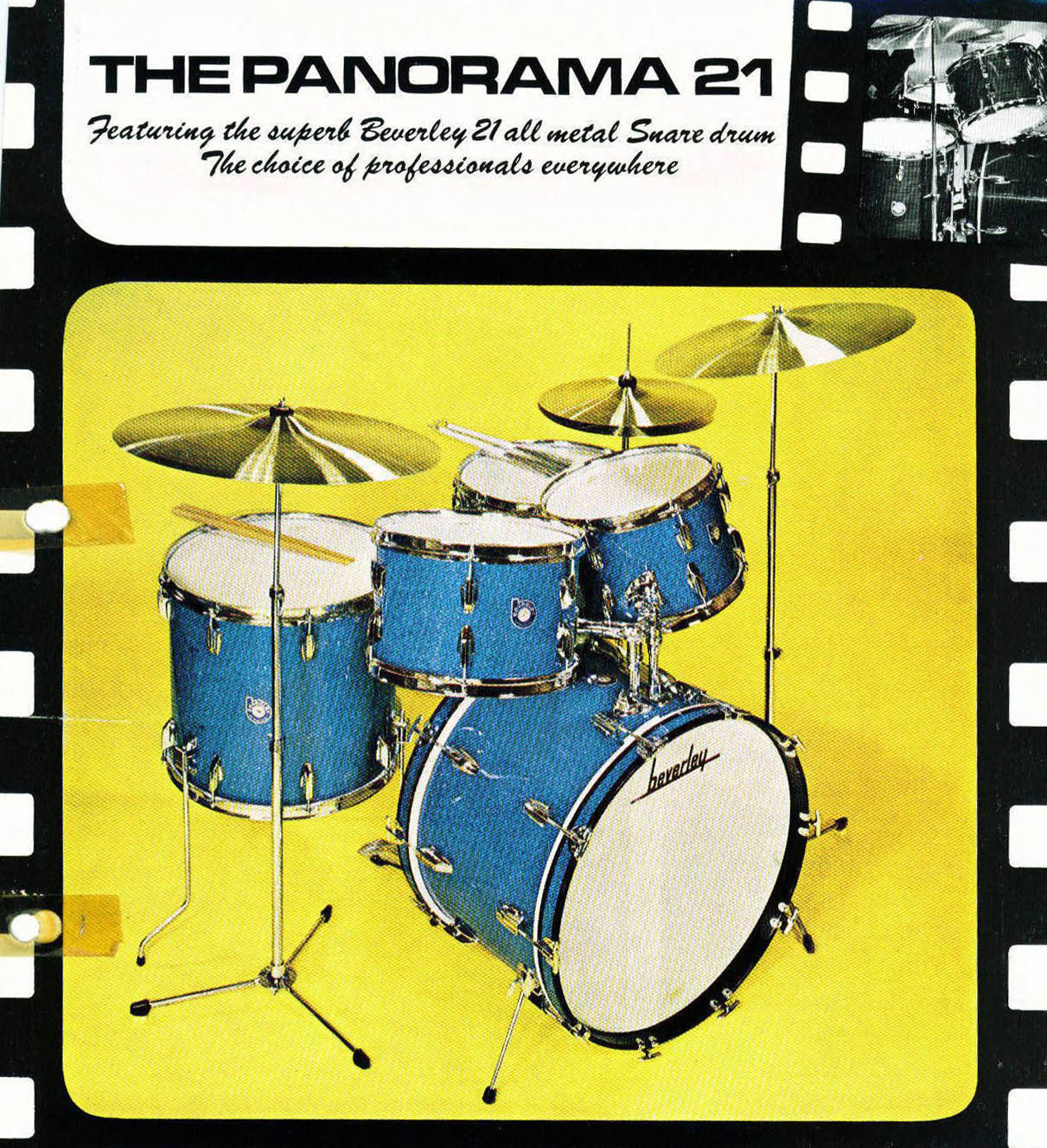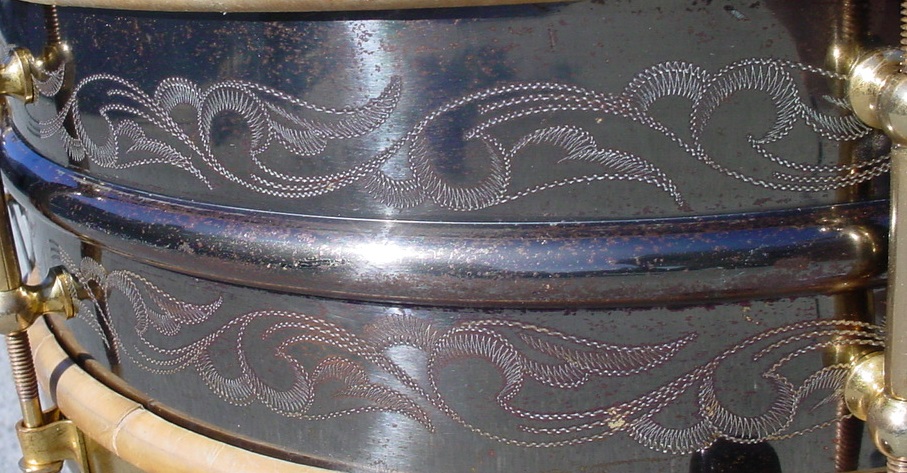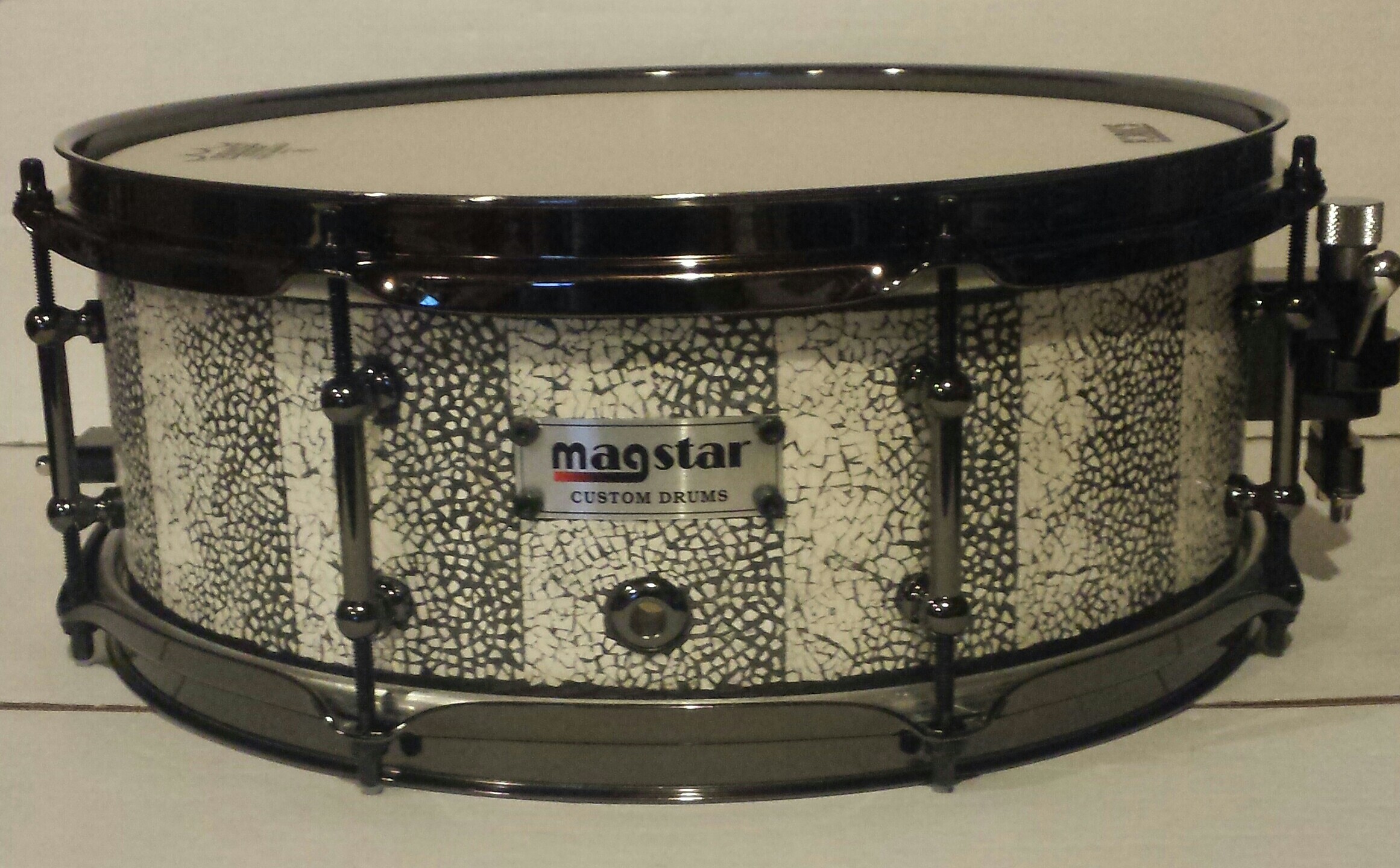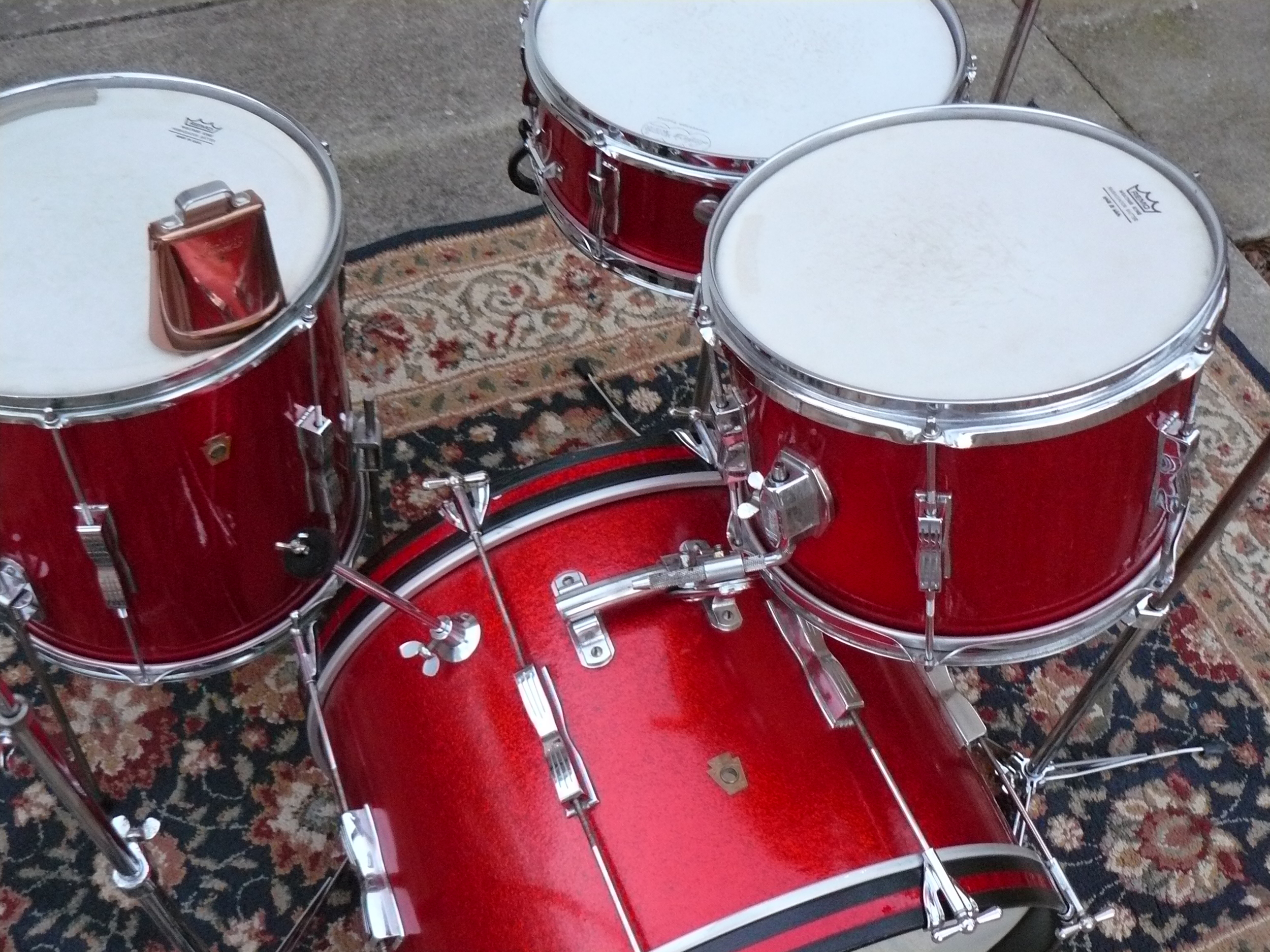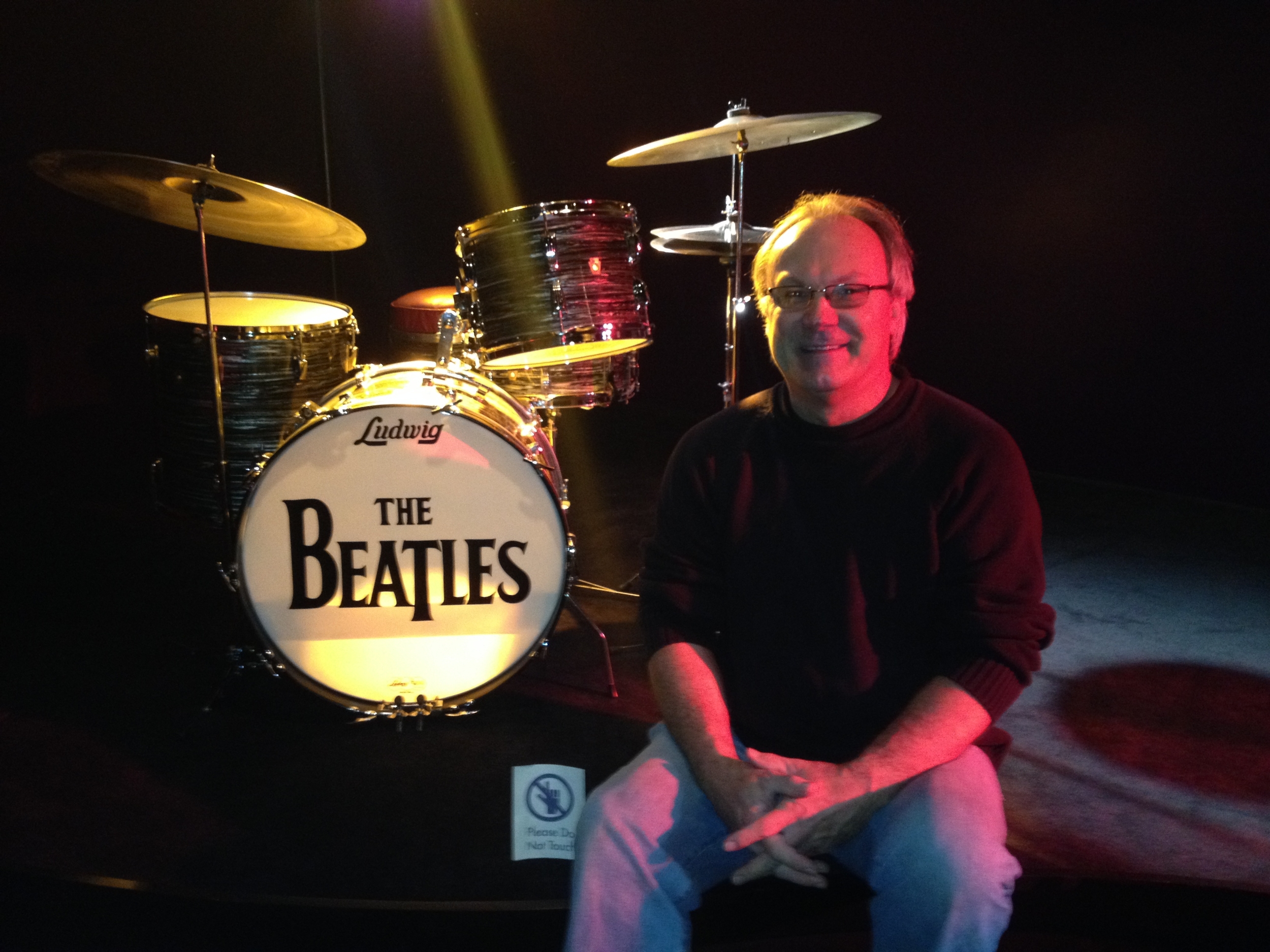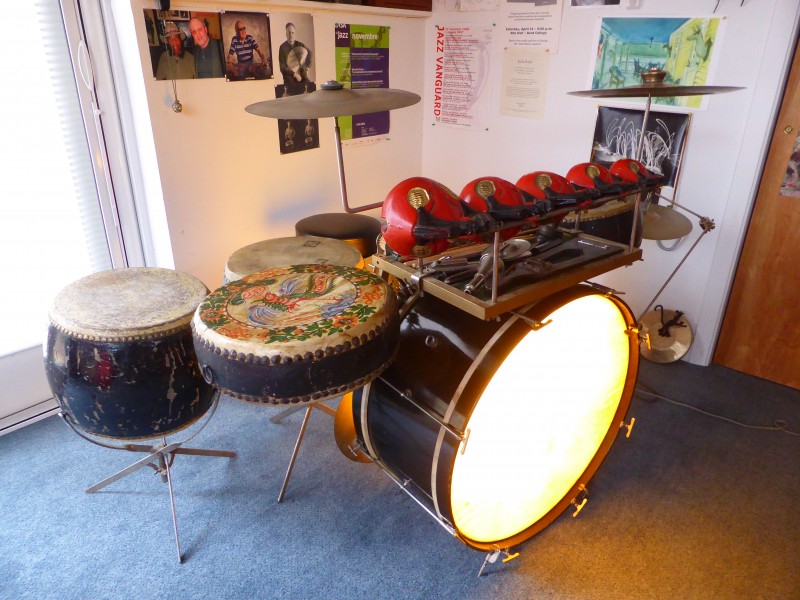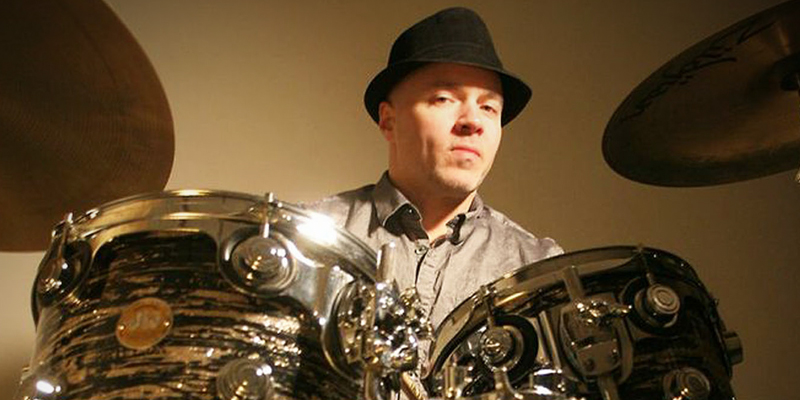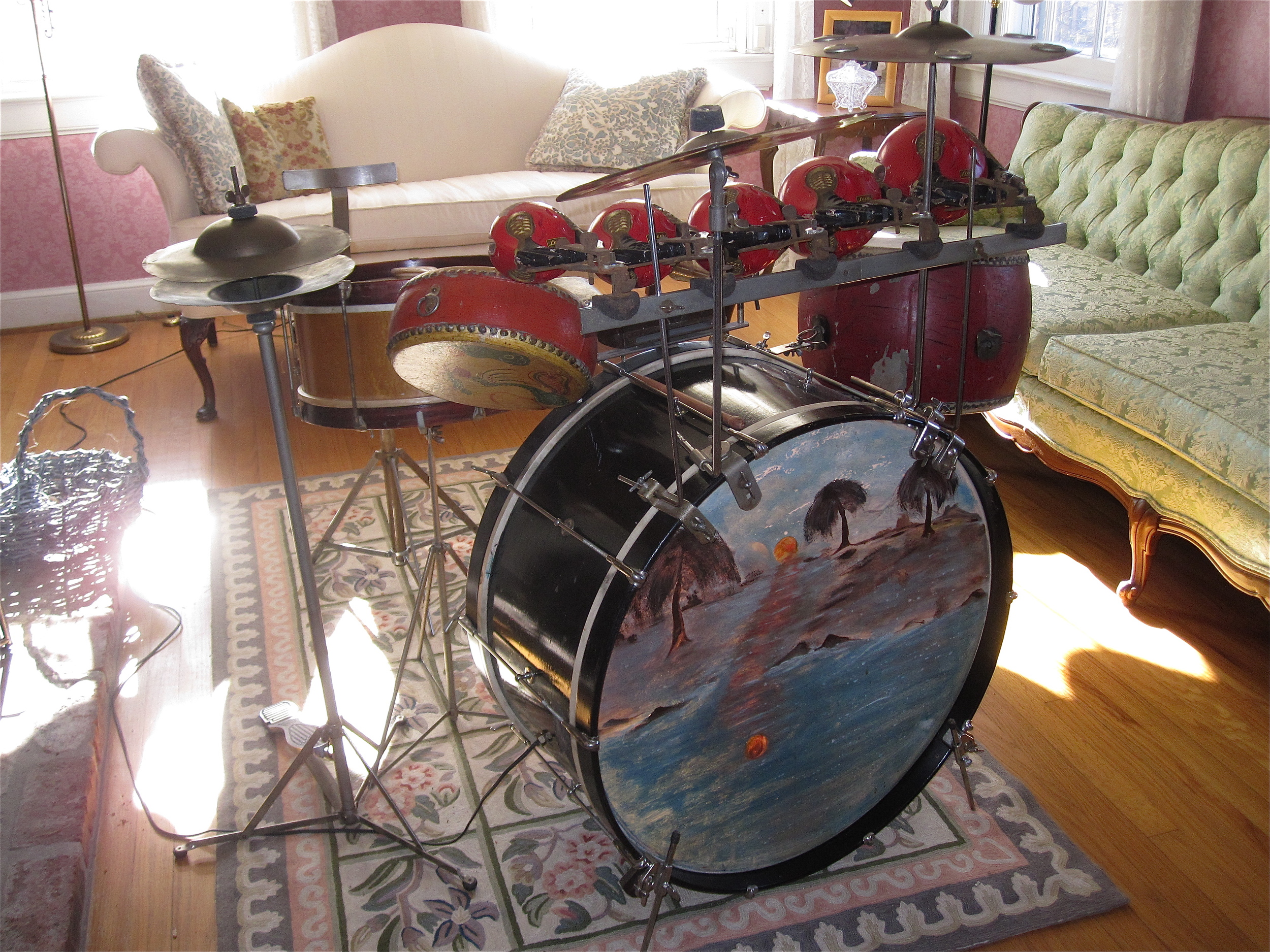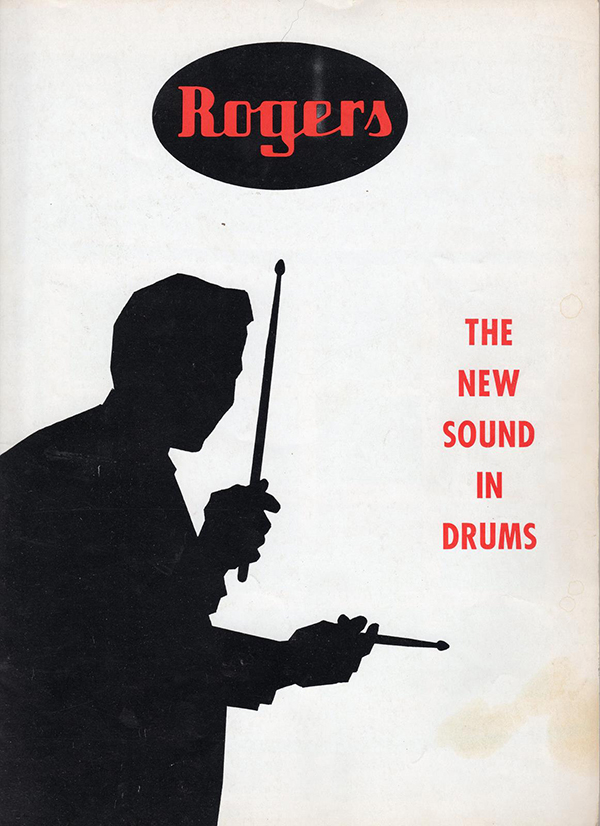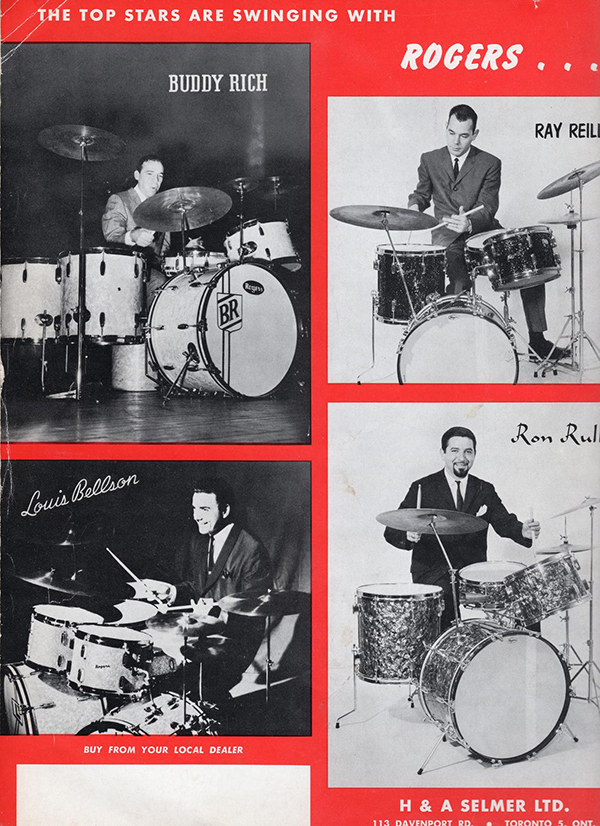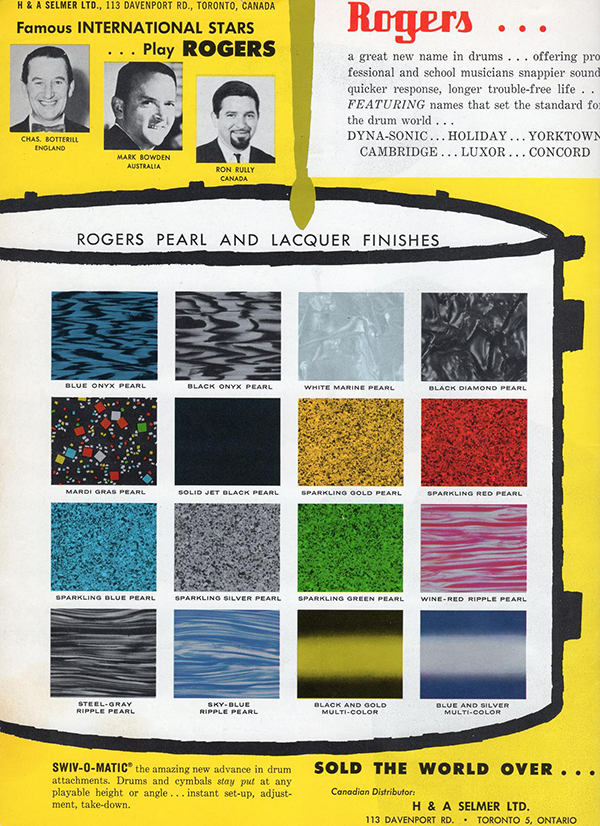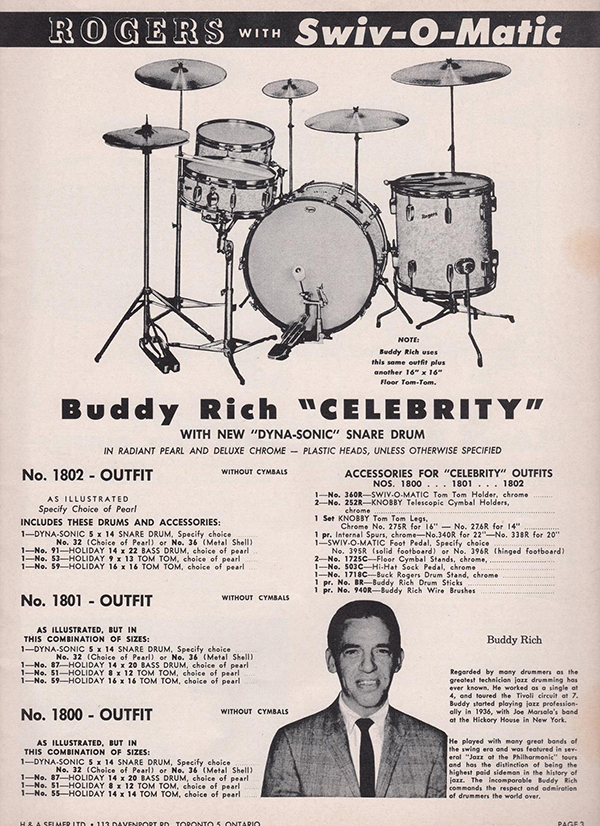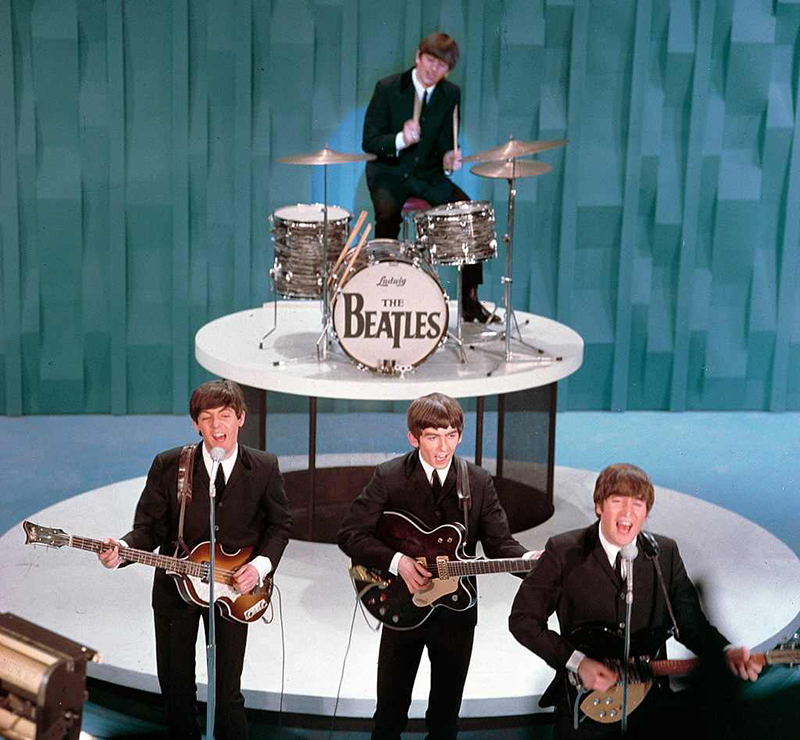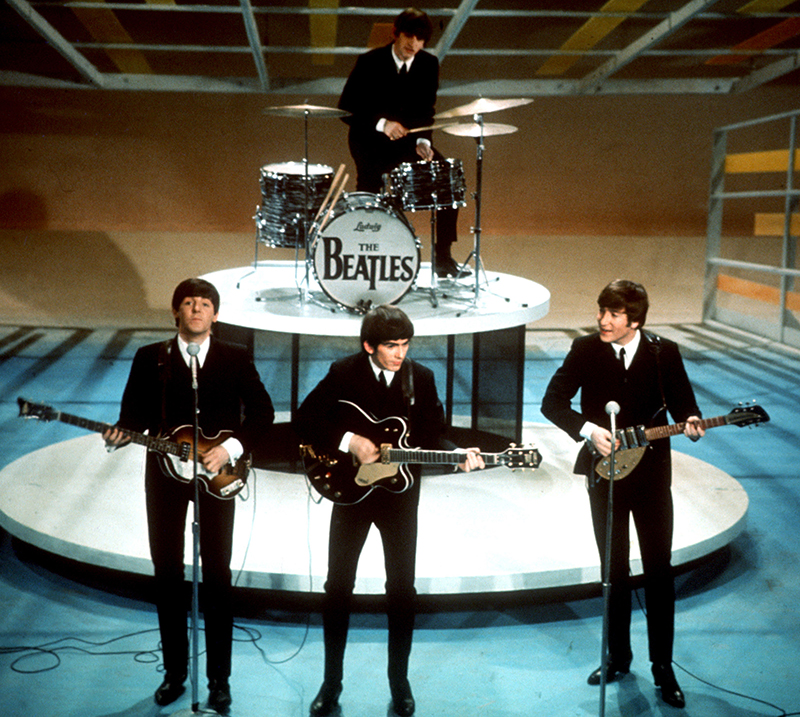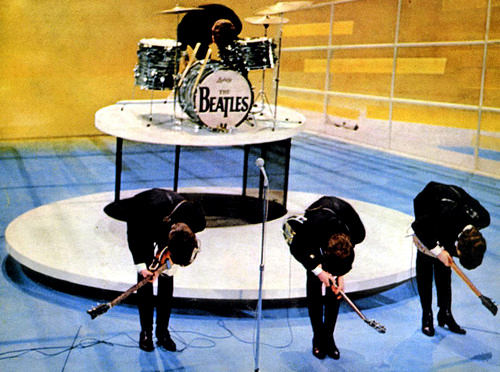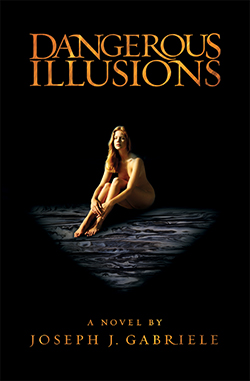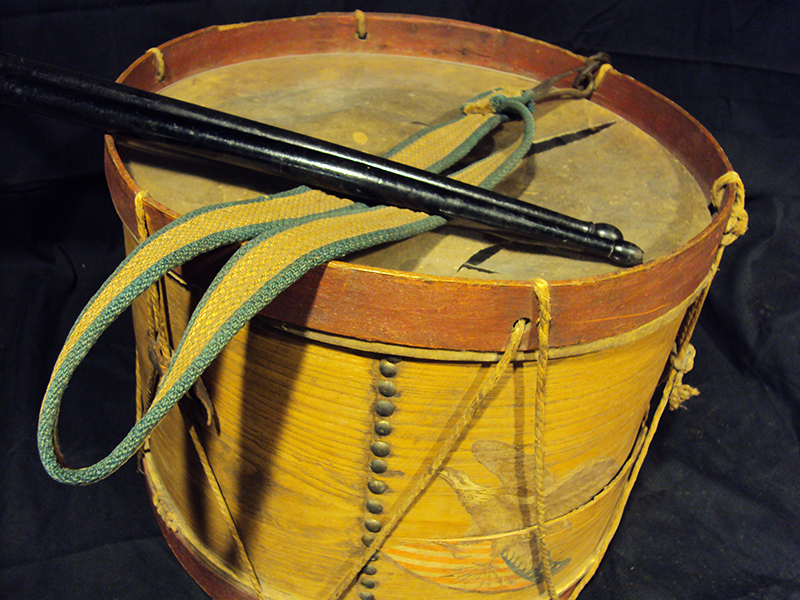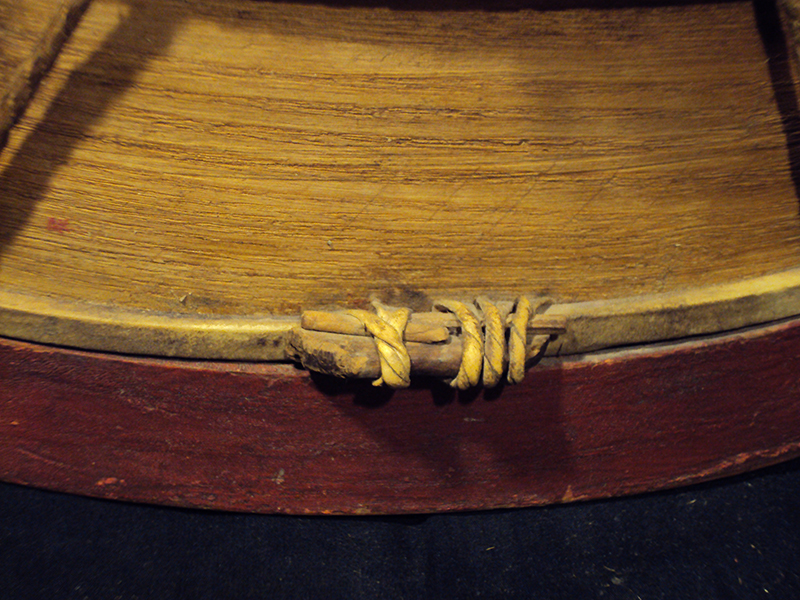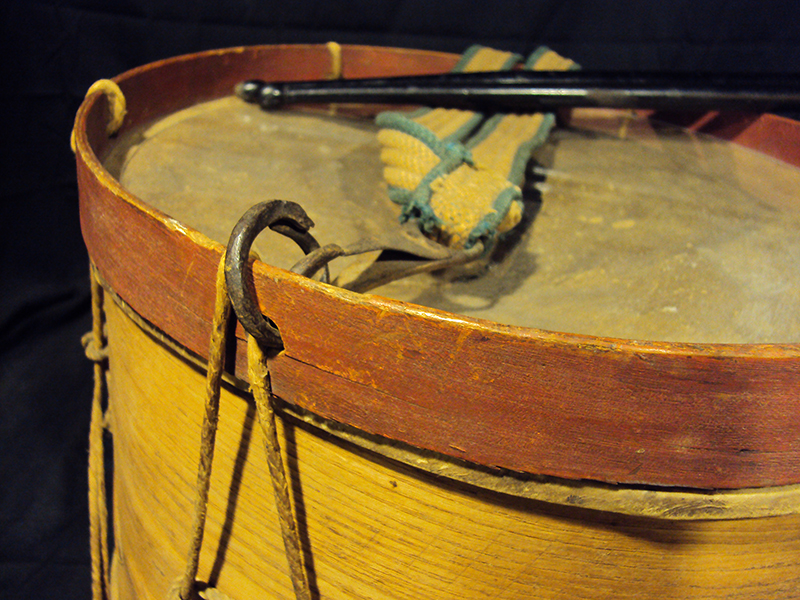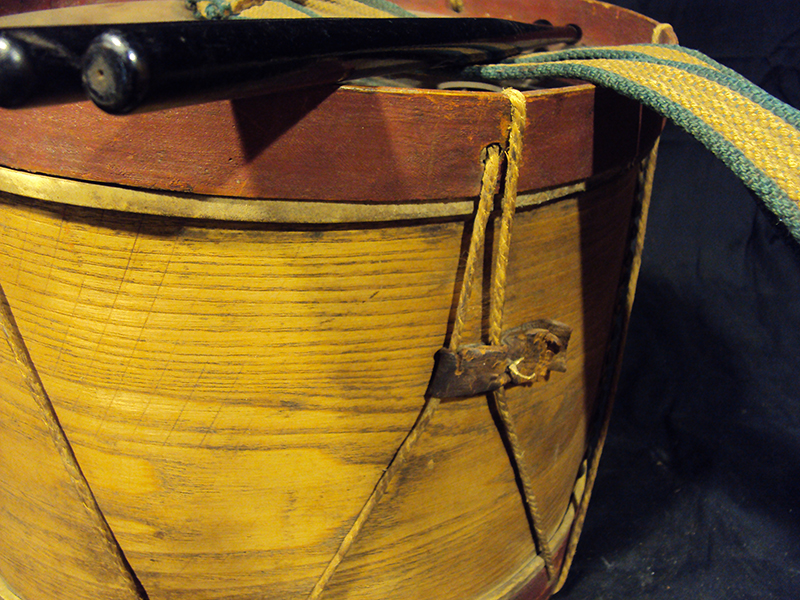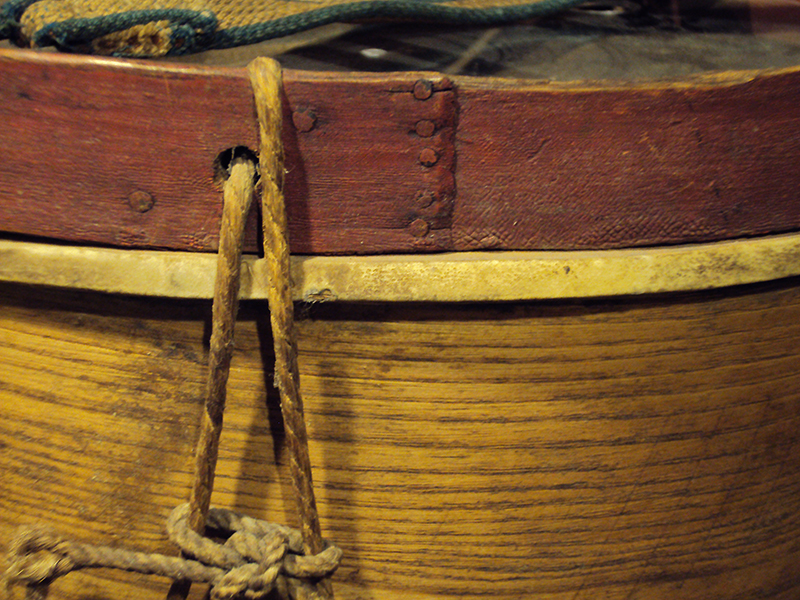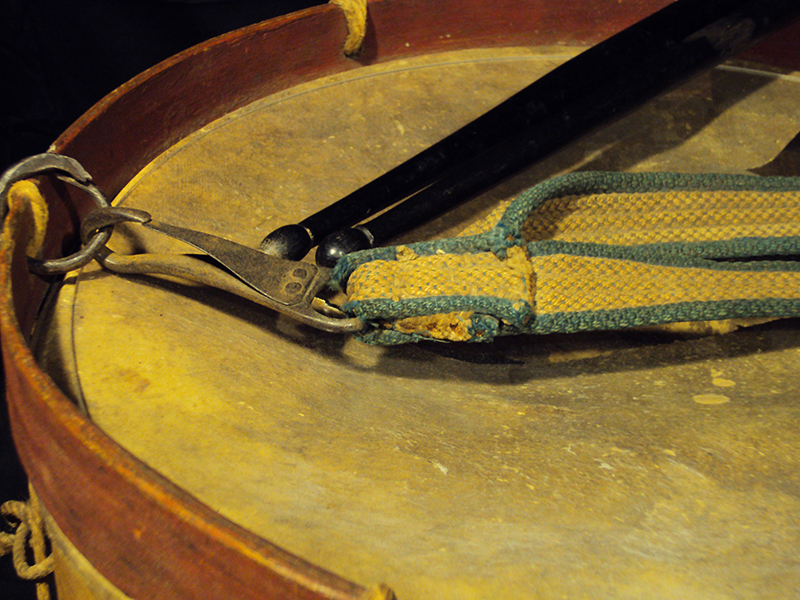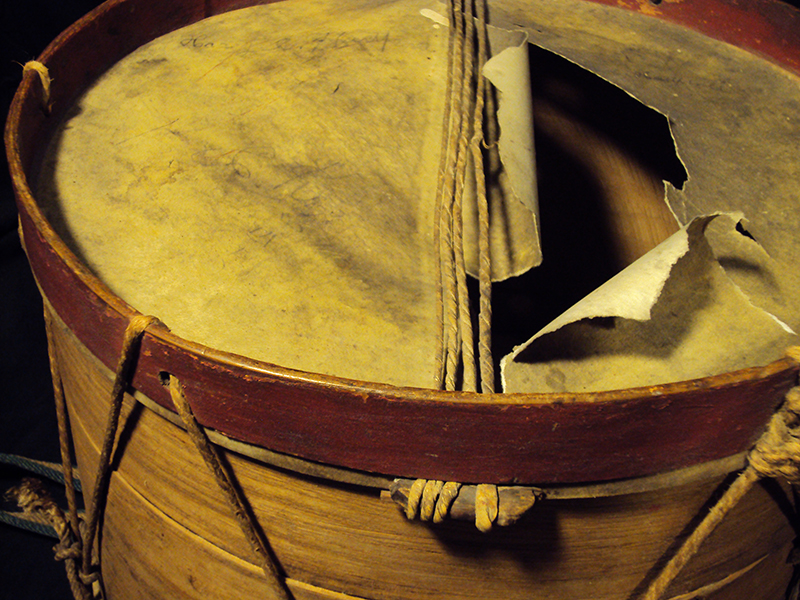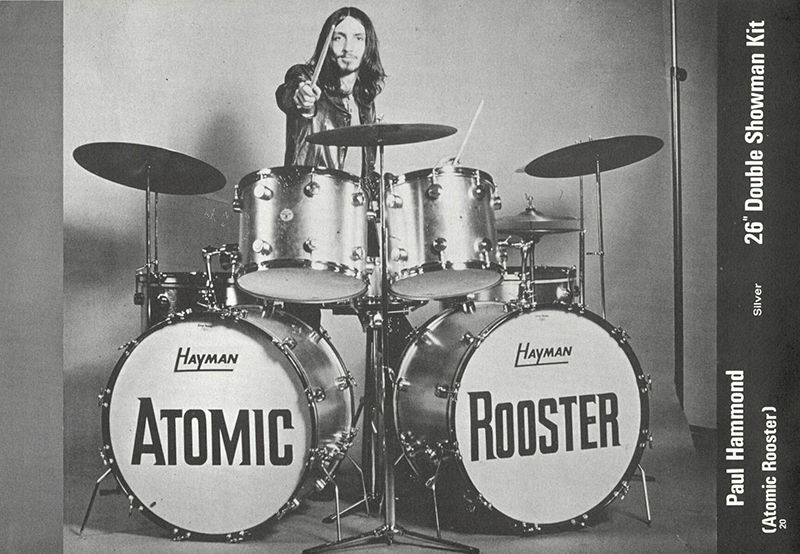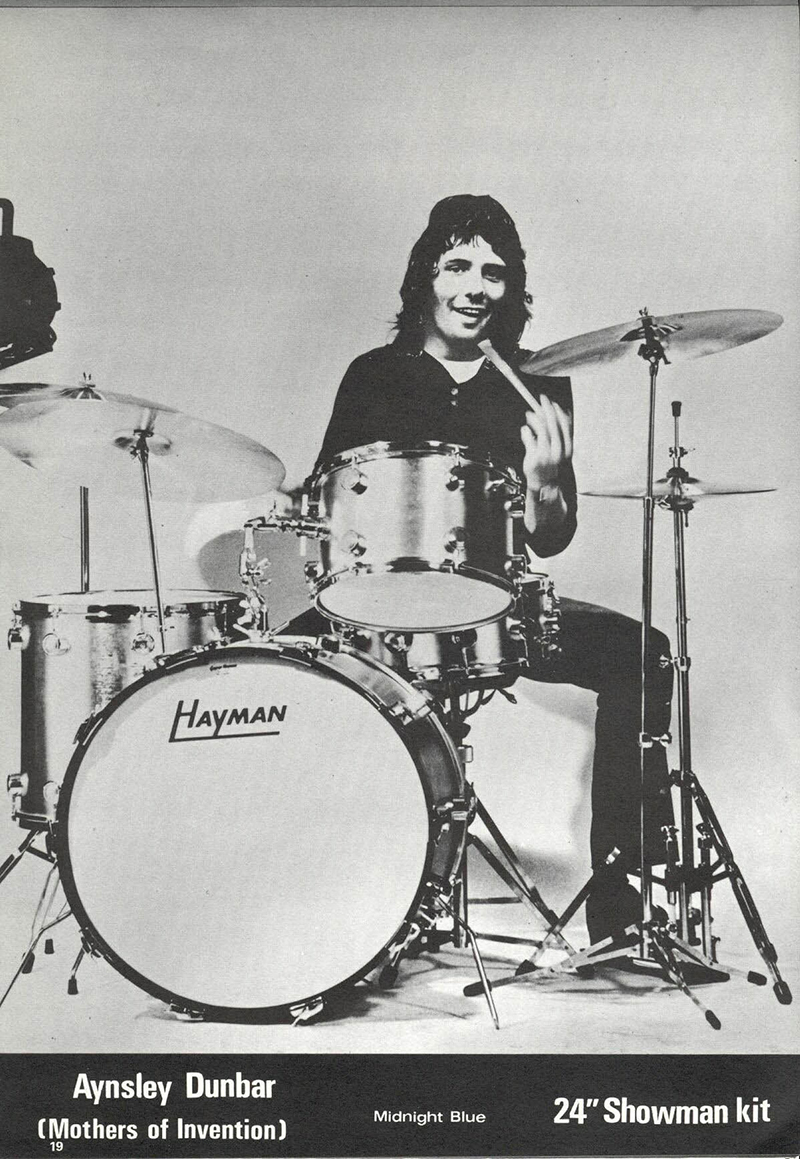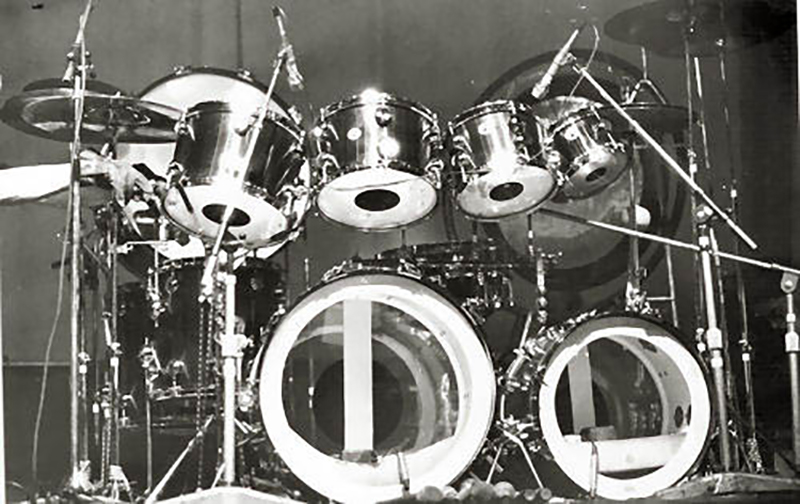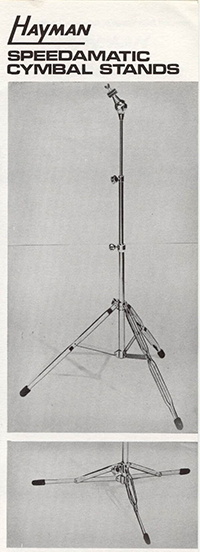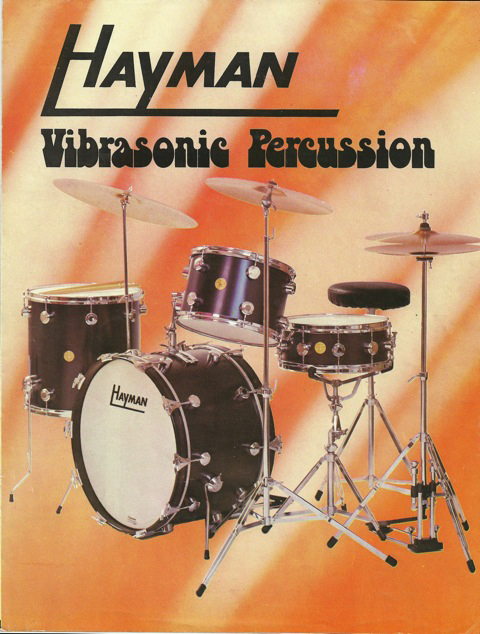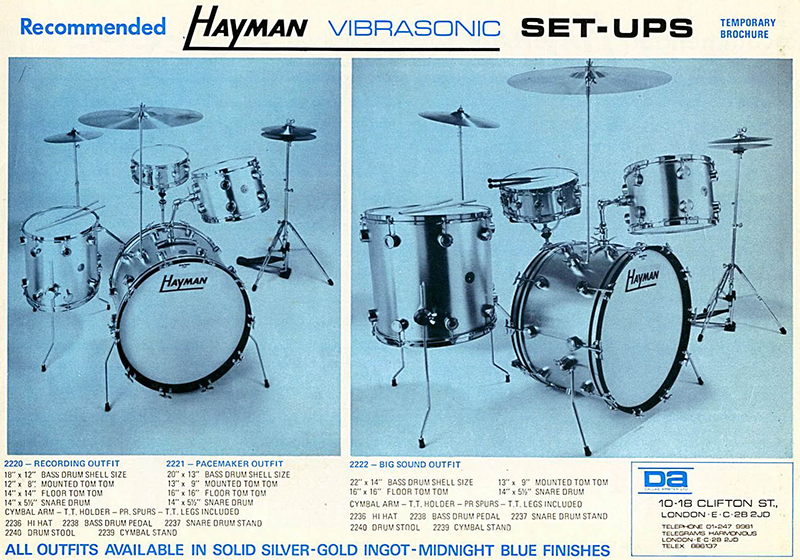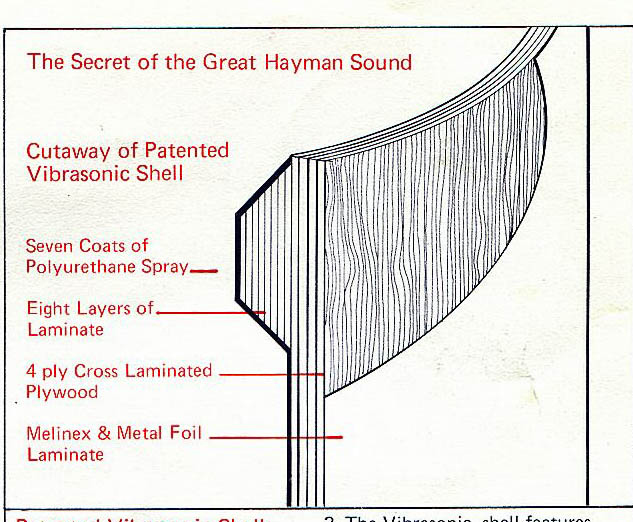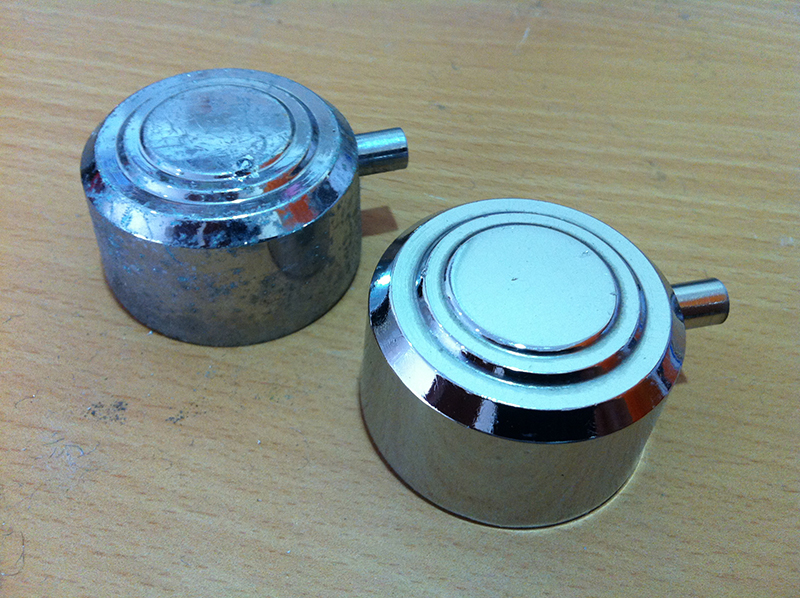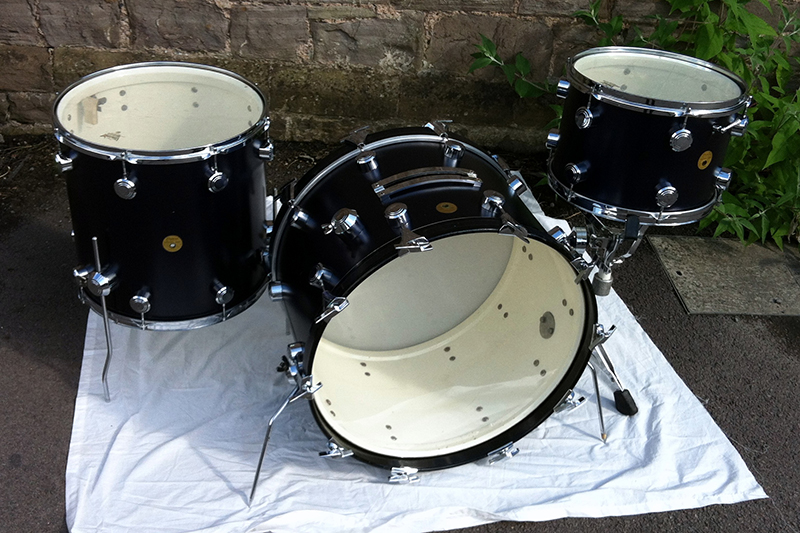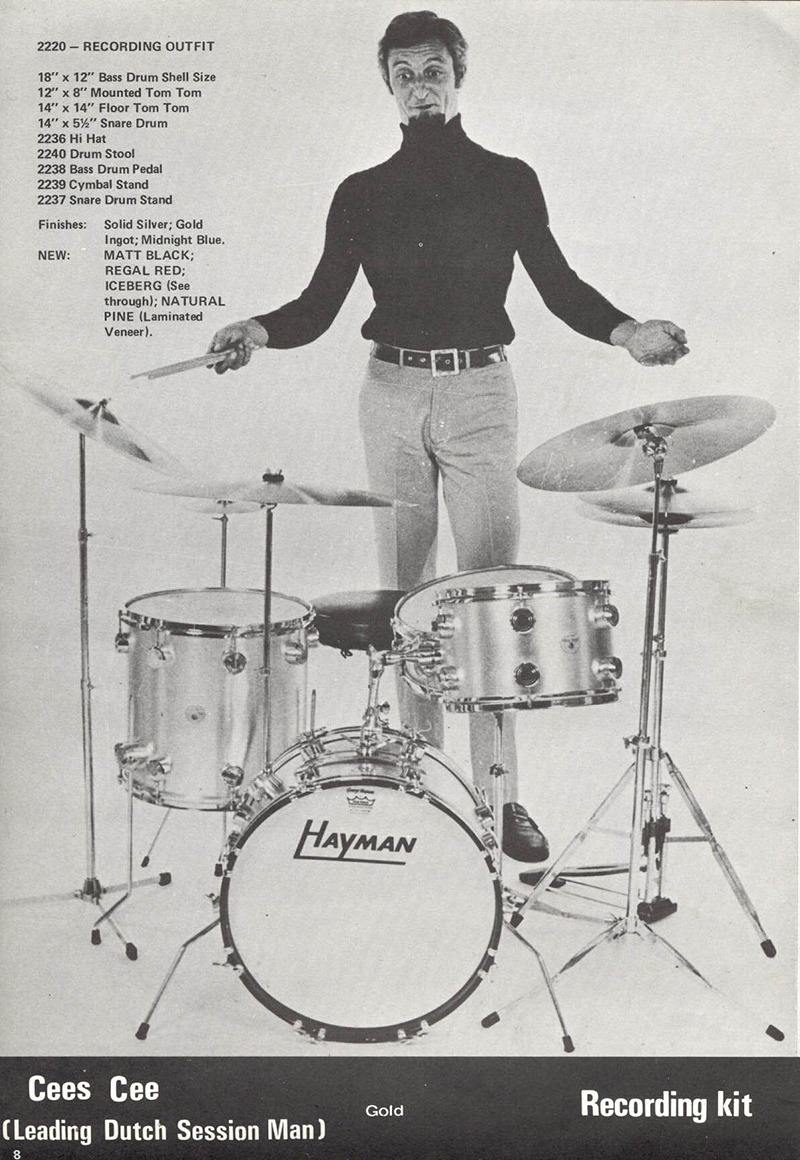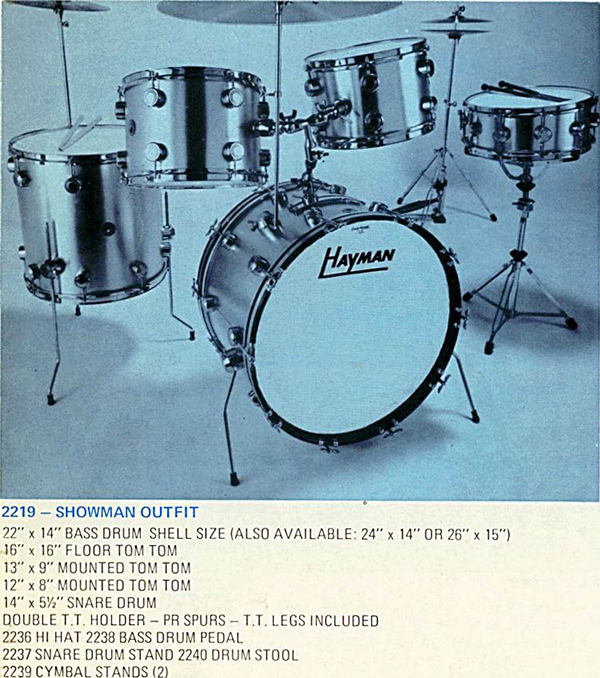“I have fond memories of musical discovery years
before ever picking up the sticks”. – Shawn Meehan
Shawn Meehan grew up in a household, surrounded by many distinctive styles of music. His dad played guitar and owned an extensive record collection. As a young drummer in his hometown of Portland, Maine, he was unknowingly building a storied musical career. His first teachers, Gerry Gemmiti and Anthony Fournier taught him all of the important basics. Shawn would then spend countless hours practicing every day, and never missed a drum lesson. Due to his hard work and determination, Shawn’s parents bought him a new set of drums.
He then began jamming with friends; gigging soon afterwards with two bands ‘Stagnation’, formed during junior year of high school; followed by ‘Solitude Made Easy’. Both groups focused on heavy rock and the progressive. In his senior year, he studied jazz techniques with Steve Grover emphasizing diversification in one’s approach to drumming.
Subsequent to graduation, Shawn attended Berklee College Of Music majoring in percussion. His first teacher, John Hazilla taught him brush techniques and various methodologies of Charley Wilcoxon. He spent a minimum of six hours a day practicing, fully understanding that dedication would result in success.
“Shawn respects the traditions of the past, while adding something new. He’s always been about getting exactly the right feel and support for each piece of music. Excellence and authenticity define him. He is a totally unselfish player with an accomplished track record and reputation… It’s
a groove thing; he Just Gets It.” - Casey Scheuerell
Upon completion of his freshman year, Shawn returned home to Portland, and enrolled at the University of Maine, playing in their Big Band, and the Contemporary Jazz Ensemble. Between numerous gigs, he also attended classes at the University of Southern Maine. Shawn spent two years studying with the legendary Alan Dawson; then returned to Berklee to complete his degree.
“The Berklee environment was incredible and intense, I still have stacks of notebooks and cassette tapes from those days.” – Shawn Meehan
Upon returning, he was required to audition for evaluation and placement in the various Level 4 ensembles. Succeeding admirably, it was time to begin once again. Shawn fully immersed himself in his classes with Steve Houghton and John Ramsay learning a variety of techniques, followed by an intense year of study with Kenwood Dennard. His other professors included Frank Briggs, Eguie Castrillo, Ernesto Diaz, Ed Kaspik, Jackie Santos, Casey Scheuerell, Ed Uribe, Mark Walker, and Bob Weiner.
“I studied privately with quite a few people. There were so many masters who influenced me, and not only drummers. It would be a very long list to include everyone.” – Shawn Meehan
After graduating from Berklee, Shawn began working regularly with bassist James Thacker. He later toured with renowned blues legends Eddie Kirkland, Johnnie Marshall, and Toni Lynn Washington.
Since 2006, Shawn has been the drummer for the legendary swing group “Eight To The Bar, (ETTB)”. The band was formed in 1975, predating the retro-swing revival of the late 1980’s. Their impeccable reputation precedes them wherever they perform. Next year, they will be celebrating their fortieth anniversary. Although Swing and Motown are their specialty, they play in a vast array of styles.
“Eight To The Bar affords me the opportunity to perform a wide range of music from old school swing, to R & B and contemporary pop.” – Shawn Meehan
The present ‘Eight To The Bar’ line-up features Cynthia Lyon, Brinna Jones, Colin Tilton, Michael Corsini, Shawn Meehan, and Tommy Whalen.
“I have worked with Shawn Meehan for many years. His drumming is always inspirational. He also plays some of the best ‘Texas Shuffles’ I have ever heard.” - Tommy Whalen – guitarist, Eight To The Bar
Playing an average of 150 gigs a year; they are also working on their 12th album. In 2011, they were invited to perform at the U.S. Embassy in the Republic of Georgia, which launched a goodwill tour of the entire country. Shawn has gone full circle with ETTB. At age 12, he saw them perform in Portland, Maine, which left such an indelible impression on him; it fueled his desire to play in a band.
As a side project, Shawn performs with ‘The Darktown Tumblers’, covering the Meters, Dr. John, and the Neville Brothers.
“Shawn is a dedicated, hard working drummer who is always in the rehearsal studio practicing. He literally lives and breathes the music. Shawn is always the first one I call for any type of gig. I love every opportunity I get to play with him.” - Jeff McAuliffe - bassist, Darktown Tumblers.
Currently he is filling in with the band, “Jukebox Heroes”, who have over 450 songs in their repertoire.
Shawn Meehan is also an extremely passionate educator with a busy teaching schedule at his Boston studio. He is thrilled having the opportunity to give back to his community, especially working with
the children at the North End Music and Performing Arts Center, which for many is the first introduction to the joys of music.
“As a teacher, I hope to positively influence my students the same way my teachers have influenced me”. - Shawn Meehan
Shawn’s unending dedication to his profession has brought him much acclaim by his peers and former teachers. He has a long career ahead of him and says he is really grateful to be living his dream.
Discography : Shawn Meehan
Peter Hostage Trio ‘Do That’ (Resonance 1999)
Robbie Lee Quintet: ‘Live at the Regattabar’ (RSL 2000)
Eight To The Bar ‘Calling All Ickeroos’ (Jitterbop 2008)
Eight To The Bar ‘The Romper Room’ (Jitterbop 2010)
Selected Discography : Eight To The Bar
The Joint Is Jumpin’ (Jitterbop 1983)
Swingin’ School (Jitterbop 1984)
Redheads Of Rhythm – EP (Jitterbop 1989)
Something Old, Something New, Something Rhythm,
Something Blues (Jitterbop 1993)
Behind The Eight Ball (Jitterbop 1998)
Beat Me Rocking (Jitterbop 2001)
Hey, Sailor (Jitterbop 2002)
Superhero Swinger Undercover (Jitterbop 2003)
You Call This Swing ? (Jitterbop 2005)
Shawn Meehan’s Equipment Specifications:
DW Collector’s series Black Oyster Glass
Bass Drum 18 x 20 -Toms 8 x 10 9x 12 14 x 14
Various Snare Drums – DW Edge, Craviotto, Sonor maple/birch,
Pearl Maple 8 x 14 Sonor 6.5 x 14 Ferromanganese
1966 Vintage Slingerland Blue Satin Flame kit
20 inch Bass Drum 12 inch Tom / 14 inch Floor Tom
Sonorlite Piano Black 18 inch Bass Drum / 12 inch Tom 14 inch Floor Tom
Avedis Zildjian Cymbals - Various A’s & K’s
Vic Firth sticks and brushes
Shawn Meehan is sponsored by
Sergio Bellotti’s 247 Drums Winchester, Massachusetts.
‘Eight To The Bar’ - contact information:
P.O. Box 123 Northford, CT 06472
Ph. 203- 484- 4749
http://www.eighttothebar.com
https://www.facebook.com/EightToTheBar
https://www.facebook.com/cynthia.lyon.54?fref=ts

